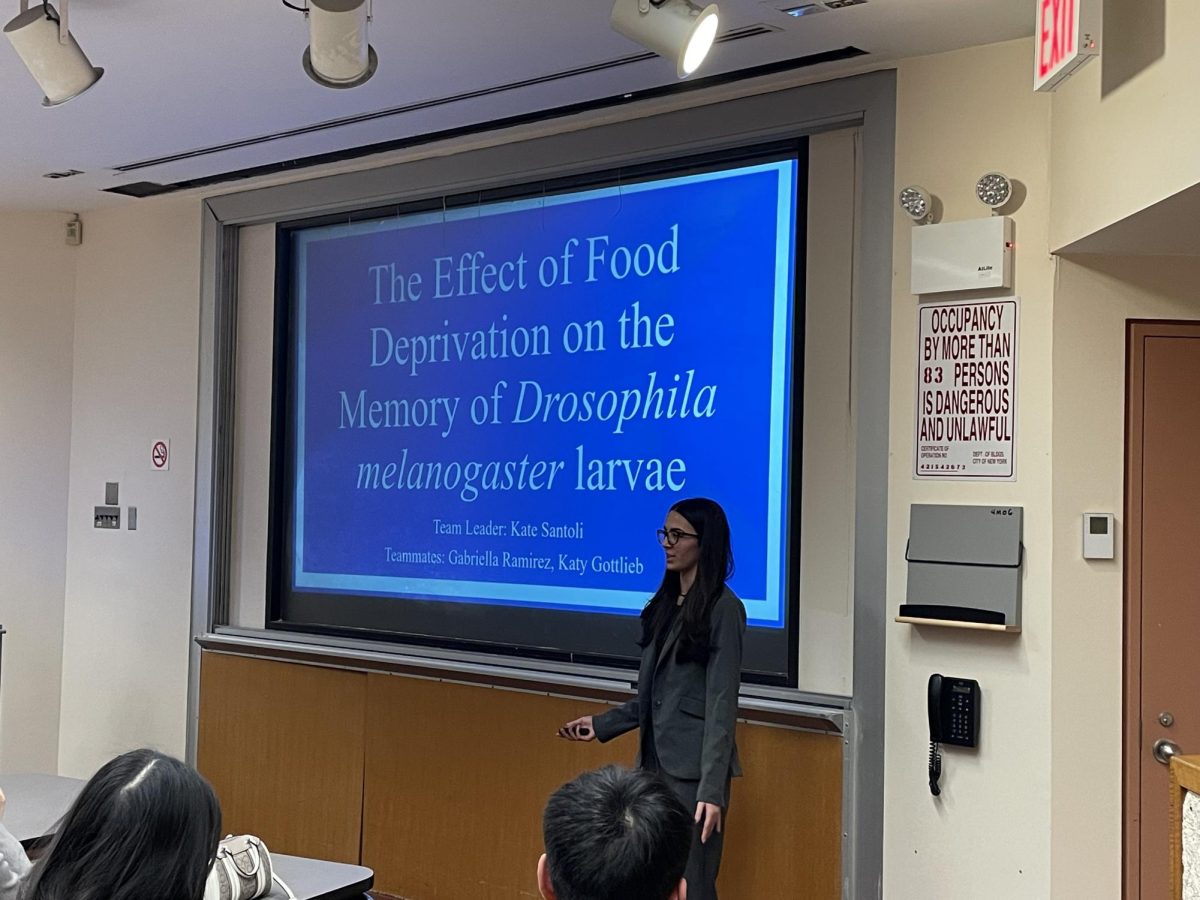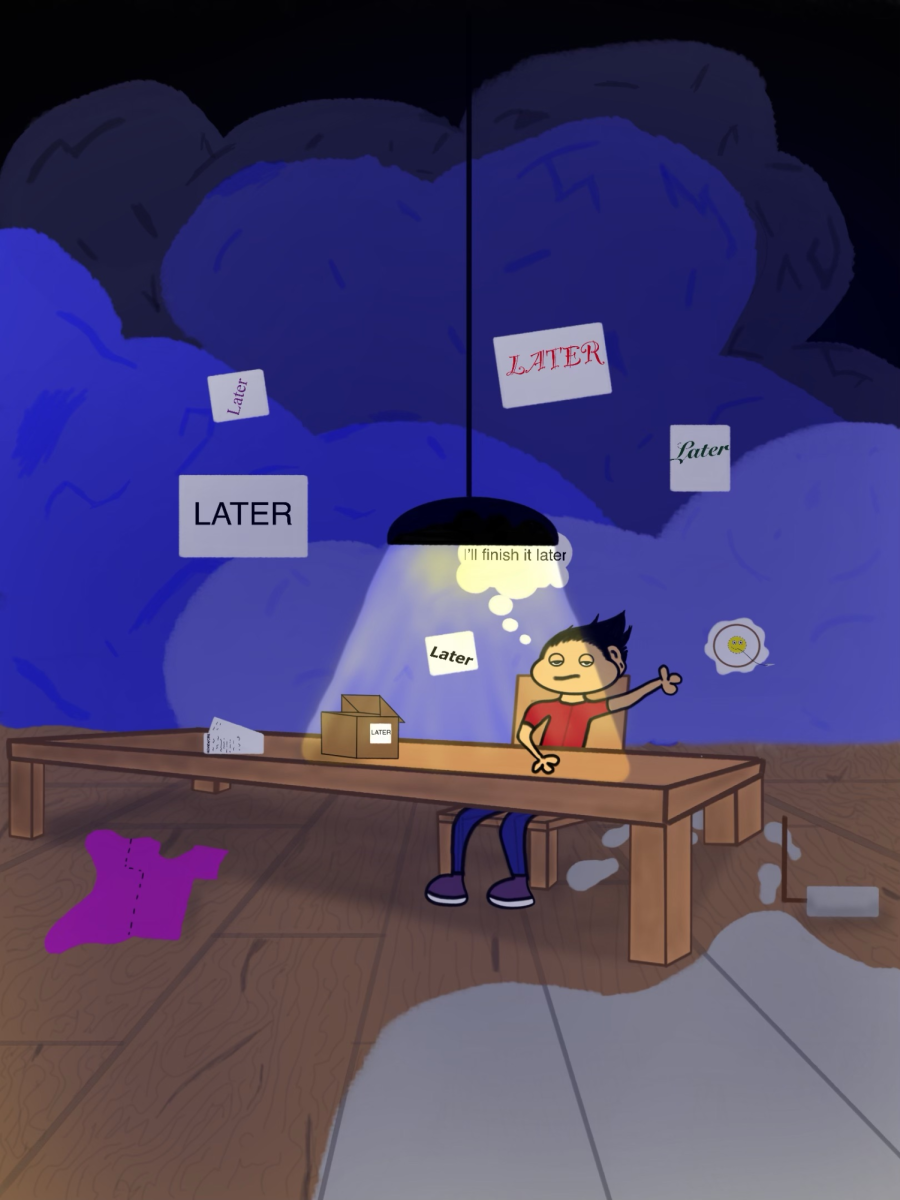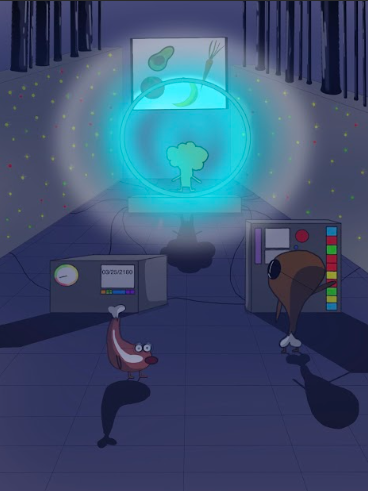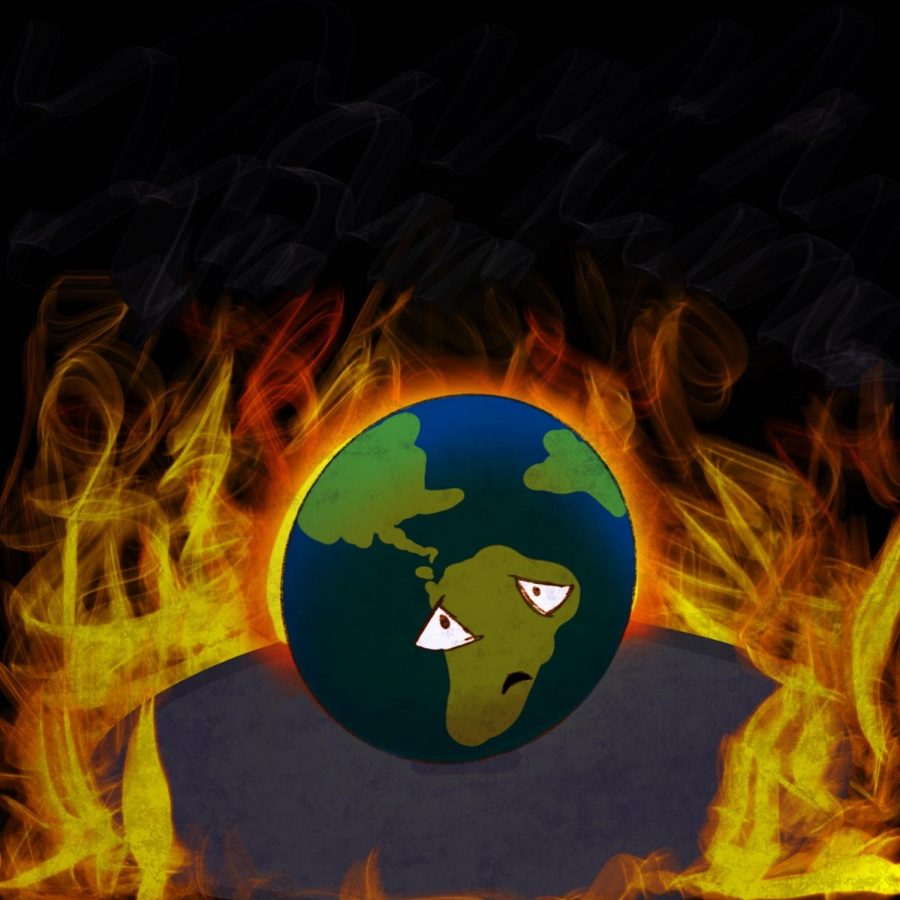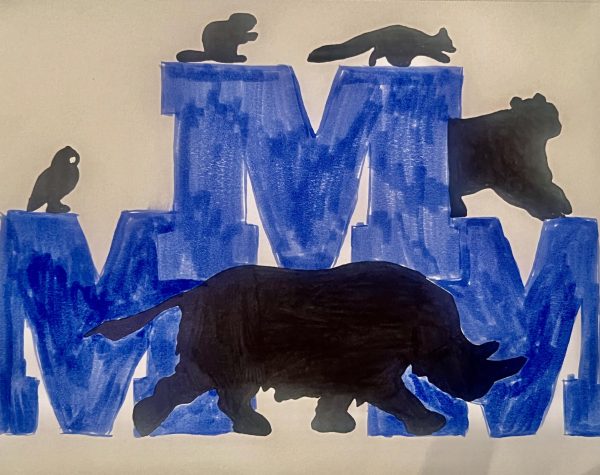The Drastic Effects of Global Warming
The world is burning down, quite literally. This year has been filled with immense turmoil, and the metaphorical burning of this country is becoming a reality, as global warming has continued to show its ugly effects.
Global warming is the rapid increase in Earth’s temperatures, and it is largely due to the emission of greenhouse gases from the burning of fossil fuels. While it is natural for the temperature of Earth to rise, global warming has been occurring at a much faster rate than before, which is alarming scientists. By the end of the 21st century, scientists predict Earth’s temperatures may rise between two and six degrees celsius. While global warming is occurring on a global scale, the United States is producing the second largest amount carbon dioxide in the world, and since the burning of fossil fuels is estimated to release approximately 26 billion tons of carbon dioxide into the atmosphere each year, this ranking shows the drastic effect our country’s actions are having on the environment. Along with the rise in temperature, global warming also accounts for rainfall patterns, intensifying coastal erosion, the melting of ice caps and glaciers, altering the ranges of some infectious diseases, rising sea levels, flooding, and increasing tropical storms. When asked about the effects of global warming, Biology Teacher Jeanette Meszaros stated, “I do believe that global warming has caused extreme weather events to occur. Ocean temperatures have reached a record breaking high. According to the latest data from the Science Line website, in 2019, the ocean temperature was about 0.135 degrees Fahrenheit (0.075 degrees Celsius) higher than the average between 1981 and 2010, [as discovered by] an international group of researchers. Warmer water gives hurricanes more strength, and this is the reason that hurricanes have been so frequent and stronger in the last ten years.” This year, in the United States, and all over the world, many cities and millions of citizens are being affected by the effects of global warming, notably the raging fires on the West Coast and the numerous destructive storms forming across the Atlantic Ocean and heading into the United States.
One major and unfortunate effect of global warming has been the many wildfires burning across California, Oregon, and Washington. These fires are not the first of their kind, but their magnitude and frequency have alarmed some scientists. As of Monday, Sept. 21, more than 7,900 wildfires had burned over 3.5 million acres of land in California since the start of 2020. From January through August this year, 26 people have died, over 6,100 structures have been destroyed, and many more people have been affected by these wildfires in California. On Sunday, Sept. 20, the National Interagency Fire Center said there were 22 large wildfires in California, 14 in Idaho, 12 in Oregon, and eight in Washington, along with a few fires in Colorado, Montana, Utah, and Wyoming. According to NBC News (nbcnews.com), these numbers are concerning to many scientists, including Susan Prichard, a forest ecologist who has been studying the connection between wildfires and climate since the 1990s. Prichard has discovered that global warming is contributing to longer and more intense fire seasons around the world and is concerned because “…the future we were really worried about and that us climate scientists talked about for decades, we’re living through that now.” Along with Prichard, Sarah Perkins-Kirkpatrick, a senior research associate at the Climate Change Research Centre at the University of New South Wales in Australia, told NBC, “Individual things like a bad hurricane season, bad flooding or bad wildfires are not that surprising because literally every climate scientist predicted these things would happen. But seeing all these things happen in one year — in some cases, simultaneously — is shocking and does make me worried about what the next 10 years are going to look like.” Wildfires are naturally sparked when dry conditions are met with lightning and wind, along with dead trees, dried out leaves, and other materials that can burn. Global warming leads to an increased chance of these fires occurring because as the Earth warms, the air becomes drier and ideal wildfire conditions are created. “It makes it easier for fires to start, whether from a lightning bolt or somebody’s campfire,” Mike Flannigan, director of the Western Partnership for Wildland Fire Science at the University of Alberta in Canada, said, according to NBC. “It also becomes easier for fires to spread because there’s more fuel to burn, which means we can get these higher intensity fires that are difficult or nearly impossible to put out.” These fires continue to rage, proving, once again, the harmful effects of global warming.
The damage done by global warming does not stop at wildfires. In 2020, Americans have also been affected by many powerful Atlantic storms. There have already been 23 major named storms, surpassing the number of names on the National Hurricane Center’s list for 2020 hurricanes. Along with these named storms, 24 tropical or subtropical cyclones, eight hurricanes, and two major hurricanes have also occurred. A hurricane season as damaging as this one has not occurred in America since 2005, when the devastating Hurricane Katrina struck Louisiana, along with other powerful storms. This storm season has unnerved many scientists because “The 2020 Atlantic hurricane season continues to break record after record,” CNN (cnn.com) meteorologist Taylor Ward said. “It’s the first time in modern records that three storms have been named within a 24-hour period and these three were all named in a six-hour span.” This season also started early, with over 20 tropical cyclones forming before September. Scientists believe a driving force behind this record season is the raised temperatures of ocean water caused by climate change. Hurricanes get their power from moisture and energy from warm ocean water; global warming has caused ocean water temperatures to rise, which, in turn, has allowed for more tropical cyclones to become very intense. Along with global warming, the current phase of the El Niño Southern Oscillation (ENSO) has contributed to this intense storm season. El Niño is the warming period that occurs every few years in the tropical Pacific and causes extreme weather. “Continued warming over the western Pacific as a result of climate change promises conditions that will trigger more extreme El Niño events,” stated author Bin Wang, an atmospheric scientist at the University of Hawaii, according to the university’s website (hawaii.edu). This further proves that global warming has a multitude of drastic effects on our environment.
Americans, and people all around the world, must realize the drastic damage they are inflicting on the world they live in. “Metronome” is a 62-foot-wide 15-digit electronic clock that has been displayed in Union Square in New York City for over 20 years. On Saturday, Sept. 20, artists Gan Golan and Andrew Boyd presented a new version of this piece of artwork that read “The Earth has a deadline.” The numbers 7:103:15:40:07 were revealed and represent the years, days, hours, minutes, and seconds until that deadline. This piece of artwork reflects the fear many people feel as they think about the drastic effects global warming is having on the world, including raging fires and intense tropical storms. Senior Victoria Medina explained her thoughts on the effects of climate change: “We see the effects of global warming just by watching the evening news. The wildfires, not only in California, but also in the Amazon, are among the worst fire seasons we’ve ever had. They’ve also run out of names to use for this hurricane season because it’s been more active than we have seen in past years.” Junior Manaka Ogura commented, “Everyone should be able to take small steps [to protect against global warming] as long as we start now. First, you should educate yourself. You will soon see there are many effective ways you can help. For example, you can conserve your energy, avoid plastic waste, and [protest to] have your voice be heard.” Meszaros also explained that in order to help prevent global warming from worsening, “People need to reduce their use of fossil fuels. Fossil fuel emissions contribute to climate change. Therefore, we need to find other sources of energy such as solar and wind. In addition, people can make simple changes such as walking, using public transportation, and carpooling to reduce carbon emissions from the use of automobiles.” An uncertain future lies ahead, but everyone has the opportunity to do their part in saving the earth.

I am Emma Ward, and I am the News and Opinions online editor for Horizon. In my free time, I enjoy playing tennis, working out, and hanging out with my...




